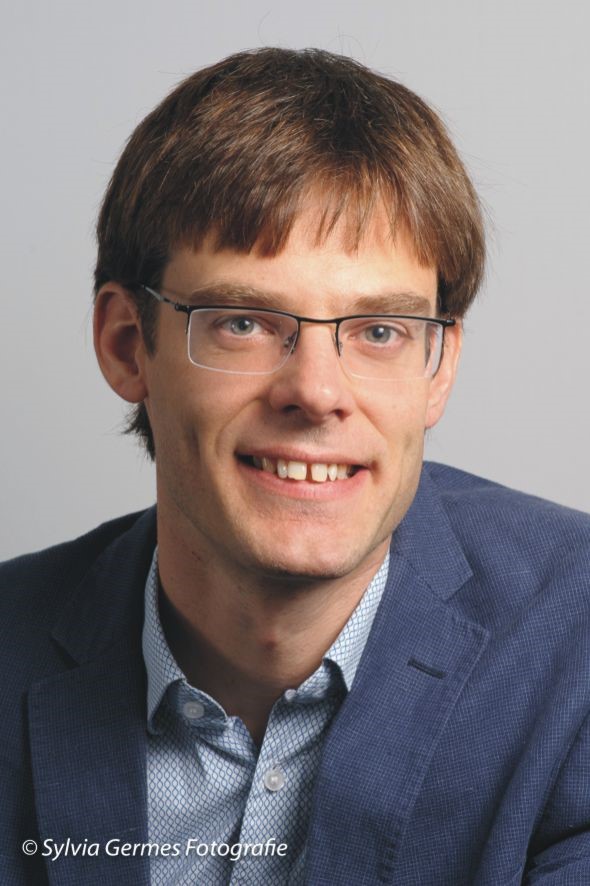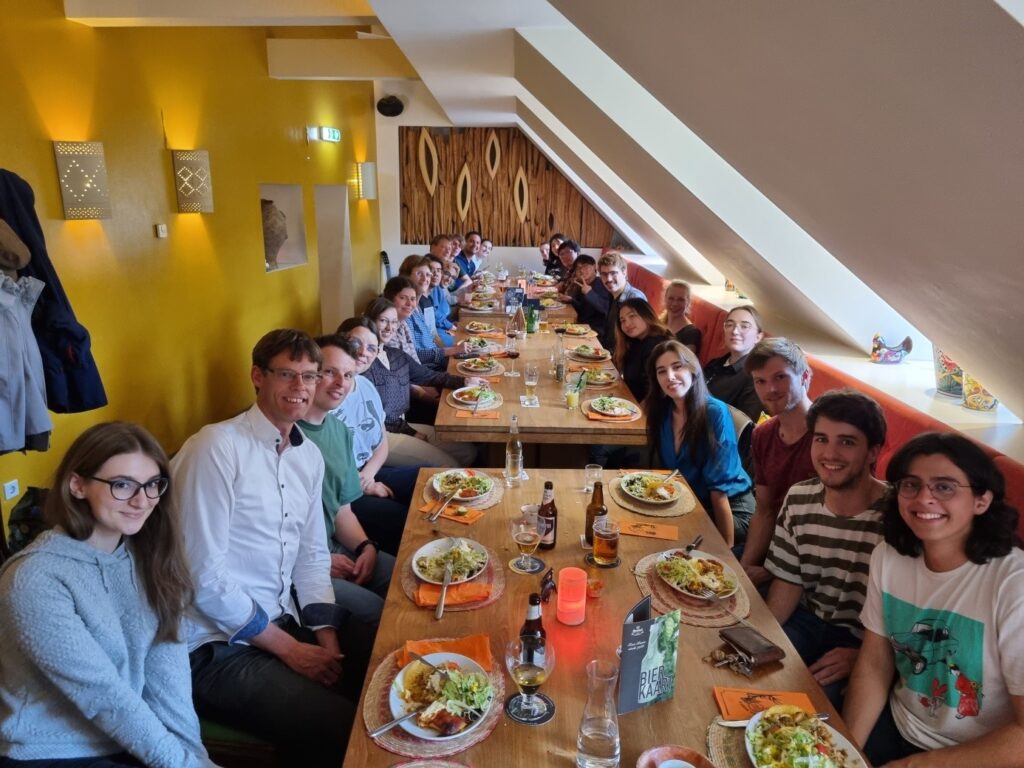The research in the Molecular Biophysics lab ranges from molecular to systems size levels. In particular, we study the structure and mechanics of viral capsids, their interaction with host cell molecules and the mechanisms of nanoparticle self-assembly. Viral assembly and genome-capsid interactions are closely related and for many viruses assembly is crucially dependent on the encapsulated cargo. We study mechanics, assembly and the related cargo-capsid interactions with various biophysical techniques, including (high-speed) atomic force microscopy, optical tweezers and fluorescence microscopy.
In addition we study the structure and dynamics of liposomes and extracellular vesicles. These latter vesicles have recently become under intense scrutiny for their role in inter-cellular communication as well as for their potential as drug carrier vehicle. Our interests in viral and vesicle systems is complemented by research on the mode of action of antibiotics. We address all questions with an interdisciplinary team where people with backgrounds in various disciplines of life sciences, including physics, chemistry and biology, combine forces to tackle the challenges that come up while elucidating the fascinating mechanisms that govern life processes.

Wouter Roos
Dr. Wouter Roos obtained his PhD in biophysics in Heidelberg and after a post-doc period at the Max-Planck-Institut für Metallforschung (Stuttgart) and Institut Curie (Paris) he went to the Vrije Universiteit Amsterdam to focus on Physical Virology approaches. In 2015 he accepted the chair in Molecular Biophysics at the Zernike Institute, Rijksuniversiteit Groningen. Here Roos is heading a research group focusing on mechanics and dynamics from molecular to cellular length scales, including studies on viral self-assembly and mechanics, extra-cellular vesicles and membrane proteins. By using techniques such as (High Speed-)AFM, Optical Tweezers and Fluorescence Microscopy, the lab is aiming to describe and unravel physical principles of (sub)cellular mechanics and dynamics and to elucidate mechanisms behind protein and supramolecular assembly functionality.


